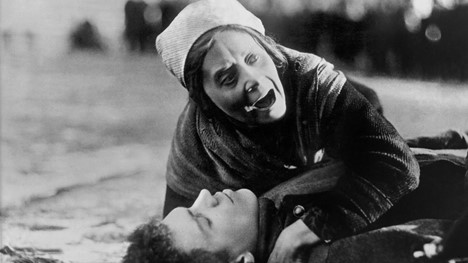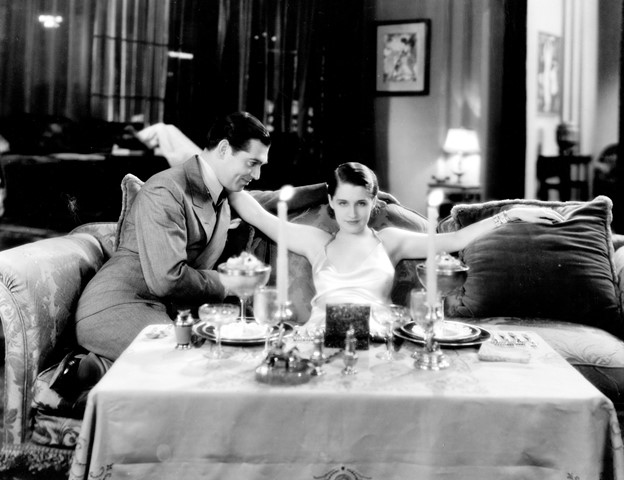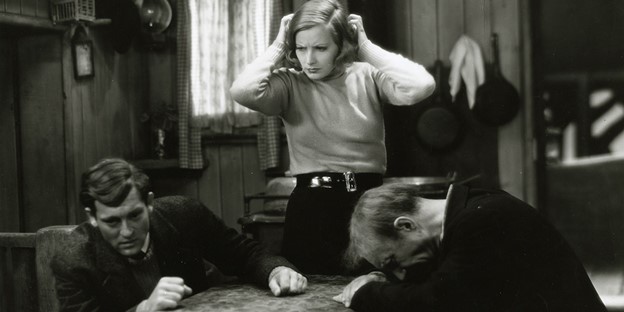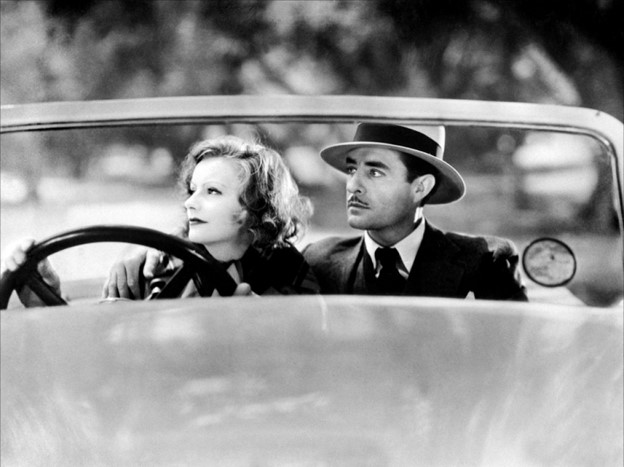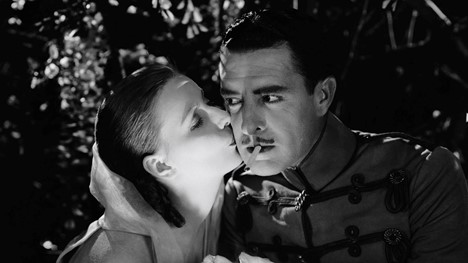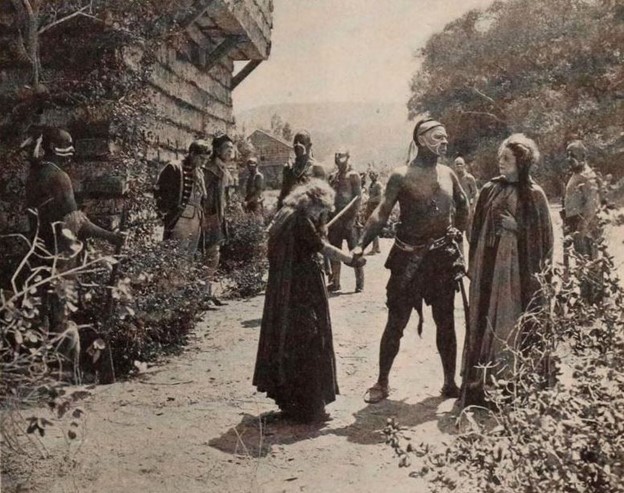Storm Over Asia (1928)
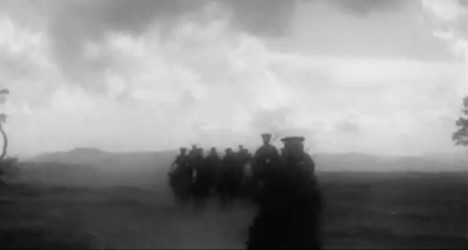
Vsevolod Pudovkin's "Storm Over Asia" In the final film of Vsevolod Pudovkin's "revolutionary trilogy," after " Mother " and " The End of St. Petersberg ," " Storm Over Asia " deals with a different aspect of the Russian Revolution. Where the prior two films focused more on the European side of Russia, " Storm Over Asia " deals with Asian relations. In the film, a Mongolian joins in the Soviet's fight for independence. However, after British forces capture the Mongolian, they sentence him to death. They then learn that this Mongolian is a direct descendant of Genghis Khan. After learning this information, they revive the Mongolian and put him in charge of a puppet government. The Mongolian then turns against his British oppressors in a fiery rage. This Soviet propaganda film deals with British interference in the Mongolian government. It criticized the Western capitalists and their negative influence on the East

